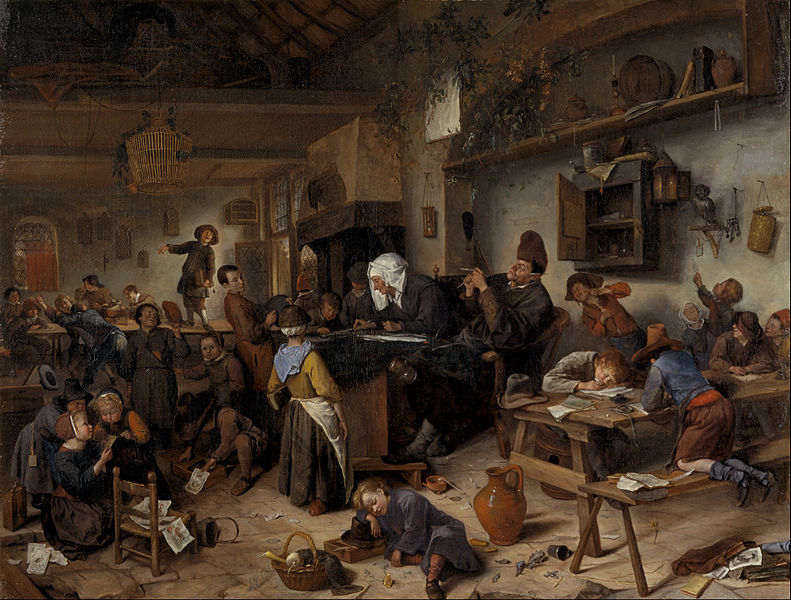The new Slovak government brings new hopes for an education reform. Previous governments were unable to manage the ministry. They typically came up with announcements of general changes, only to get suffocated by dealing with pointless details in the end.
The current state of the education system requires us to fight two types of fire at the same time.
First of all, these are urgent problems which can be solved immediately. There is a number of measures that can bring an improvement and are ready to be implemented in a relatively short time.
Basically, these measures do not even require large financial investments. What they do call for, however, are significant political investments to overcome the pressure of various interest groups, satisfied with the status quo.
This type of measures includes: cancellation and joining of the organizations present at the Ministry of Education, rationalization of the system of primary and secondary schools, liberalization of the textbook market, financial equalization, increase of salaries for the best and new teachers, as well as those who live in more expensive regions, elimination of obstacles making it difficult to set up a kindergarten, taking in consideration the success-rate of graduates when it comes to financing of universities, etc.
When talking about remedying immediate problems, we should not forget about a long-term perspective. It is necessary to start working on the reforms which will shape the quality of education system in the coming decades.
This type of changes was put forward in the platforms of various political parties on a much smaller scale. However, the proposed agendas lacked specific measures that might bring about the desired goal. Nevertheess, almost no examples of good practices from abroad were mentioned, which could have served as a much-needed source of inspiration.
It is useless to repeat here that the times are changing quickly and the education system lags behind. Tomorrow, our schools will teach something that was outdated already yesterday. Furthermore, they will do so using ineffective methods.
At the moment, after the recent election, it is crucial to agree on a direction that should be pursued in the Slovak education system. The experience of the past decades clearly shows that it is definitely not enough to make upgrades of the ongoing education curricula from time to time, to change a few parameters and ask teachers to apply individual, student-focused approach.
However, following the other extreme seems futile either. After bad experiences with the reforms of curricula, the Slovak education system is no longer open to radical reforms.
Teachers, headmasters, as well as school founders share a strong dislike towards significant changes.
Luckily, there exists a third alternative, which brings about a change and freedom to those who desire it, and at the same time it does not mean an additional burden for the rest of the involved parties.
What we need is to introduce a new type of schools, characterized by their strong autonomy. Schools freed from bureaucracy and regulations, and responsible for their results. This means creating a fertile ground for all active, initiative-driven, and innovative teachers and headmasters, who want to move forward, but the current system makes it impossible for them to do so.
Promoting this type of schools is nothing new from an international point of view. In the last decades, free schools were established in several countries, for example Friskolor in Sweden, Free Schools in England, Independent Public Schools in Australia, Partnership schools in New Zealand or Charter schools in the USA.
In these countries, the freedom of the existing system paved the way for establishing many high-quality schools or even school chains, which helped various regions to improve mainly the results of weaker performing children from disadvantaged communities.
The reform which might solve the current problems of the Slovak education system thus assumes creating such institutional conditions that would provide space to generate fitting bottom-up solutions.
What is needed is but a functioning algorithm which could help bring about the desired effects in a rapidly changing environment.
Translated by Ina Sečíková
Continue exploring:



